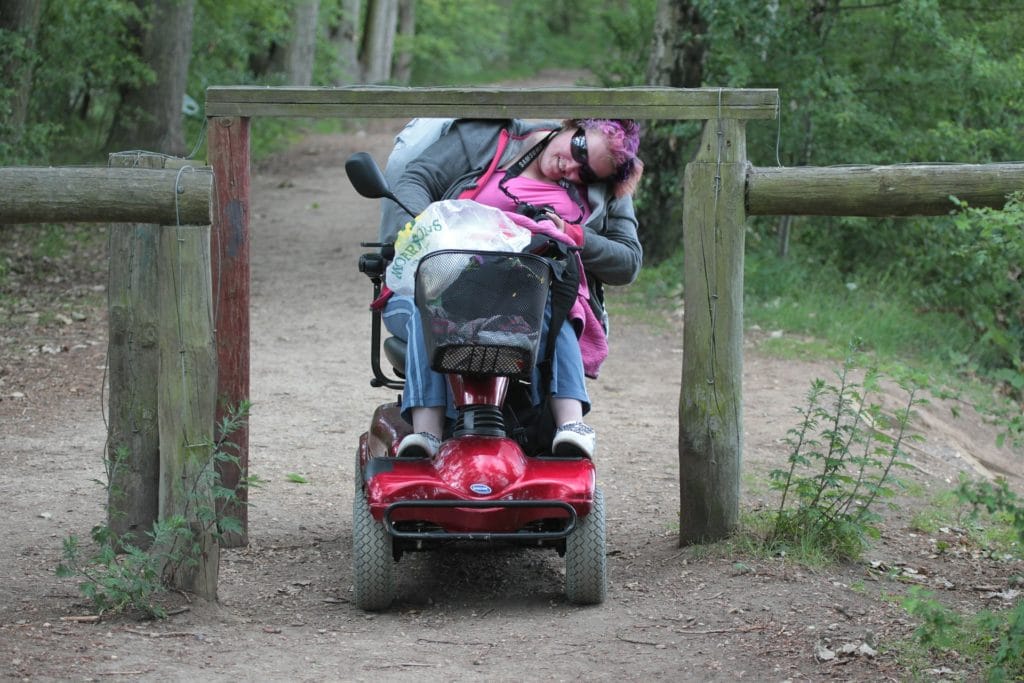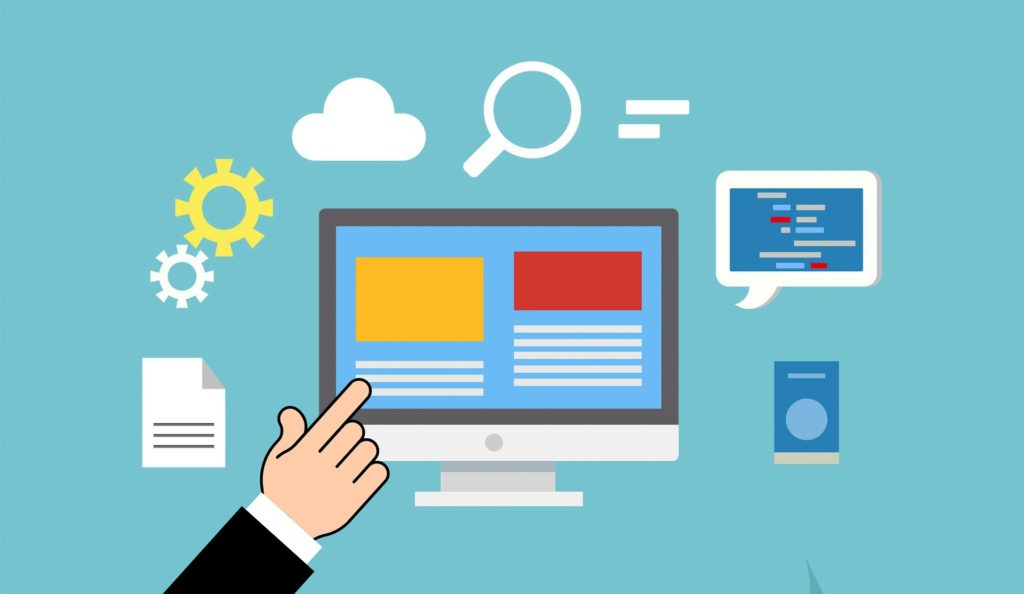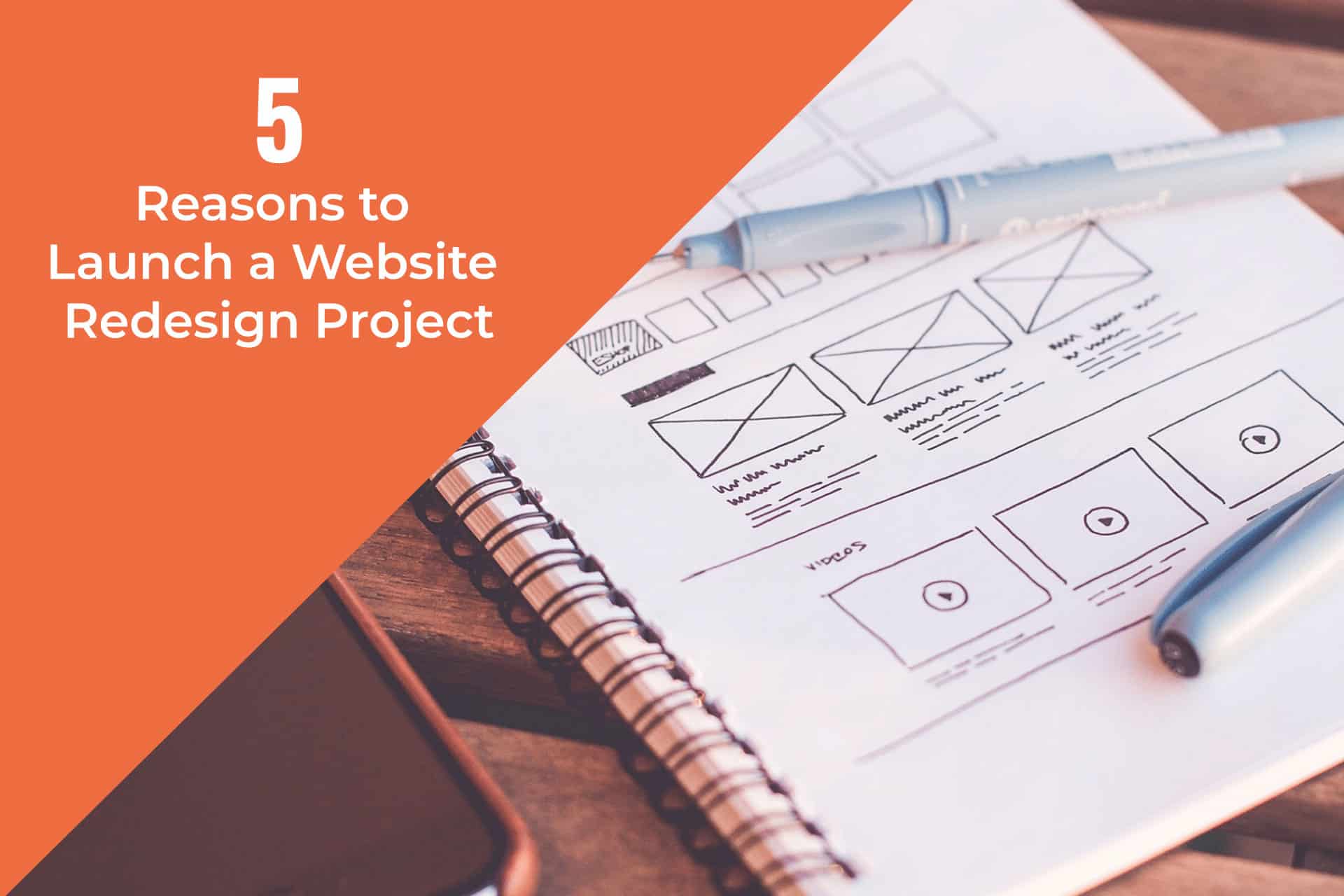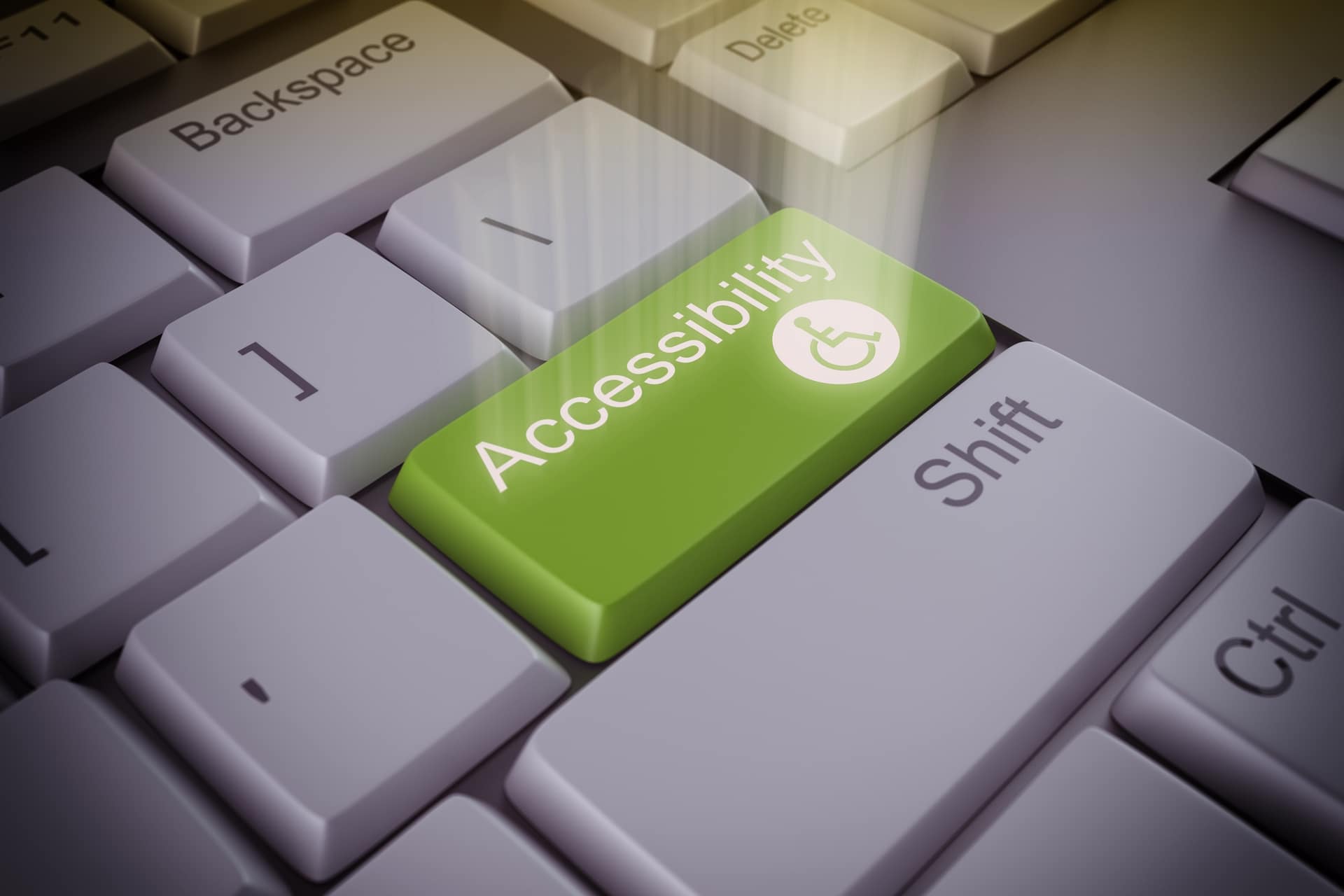Is Your Nonprofit’s Website Meeting Accessibility Guidelines?
On July 26, 1990 the historic Americans with Disabilities Act (ADA) law was signed into effect in the USA. However, in 2020 there are still aspects of everyday life that remain inaccessible. Unfortunately, one of the most overlooked areas remains inaccessible but is needed now more than ever due to the Covid-19 pandemic.
Your website is SEO friendly, engages your audience with well designed user flows and experience, and has a beautiful hero photo of a smiling child. But is it accessible?
Accessible websites are visually designed and programmatically developed to work for all people, no matter their ability.

Before the pandemic, there had been numerous recent high-profile cases regarding inaccessible websites. With more and more people forced to work and learn from home, it’s essential to make web accessibility a priority.
No matter your size, you should try to make your website meet the Web Accessibility Initiative.
Those who receive federal funding; such as parent centers, government agencies, educational institutions, and nonprofit organizations are also legally held to meet section 508 compliance.
Web accessibility is not a do it once and done event. To start down the accessibility path keep reading.
4 Accessibility Tips
1. Start the Process Early
When preparing to speak to your board about accessibility, it’s important that you understand your legal requirements. If you receive federal funding you are legally obligated to meet Section 504 of the Rehabilitation Act.
Once you’ve gotten the go-ahead, it’s important to decide if you are going to update your existing site or design and develop a new website. We’ve discovered it’s better to incorporate accessibility during the design stage of a new website. Yet it is not impossible to make changes to a website that already exists. Retrofitting existing website is often more expensive than incorporating accessibility in a new website.
Hiring an agency who is knowledgeable and experienced with accessibility, means that both your design and the code are accessible.

AmDee recommends having staff or selected constituents test the site on a variety of devices and assistive technology. This helps highlight any bugs that may exist on the new (or updated) site before launch.
2. Evaluate the Effect that Web Accessibility Has on Your ROI
We live in a global digital market that allows you to engage people from all over the world. As you talk to others, make inquiries about their ROI from any web accessibility changes they have made. Early in the process, presenting this information may help win the Board for an accessible website.
Additionally, potential funders and donors will be eager to learn about the resources you’ve provided, and the people you’ve supported online, along with the steps you’ve taken toward building an inclusive community.
An added benefit to highlight, adhering to web accessibility guidelines will not only help people with disabilities. But also those who are older, live in a rural area, or a developing country.
3. Assess and Compare Requirements
Your nonprofit is likely held to many different requirements, among them web accessibility policies. It is likely you have internal policies, the Americans with Disabilities (ADA) regulations, and information and communications (ICT) policies. It’s imperative to compare each to ensure you’re within compliance, and identify areas of overlap.
AmDee recommends striving for a WCAG 2.1 AA rating across your website and resource materials.
4. Keep it Practical
Web accessibility is not on the tips of everyone’s tongue, but it does impact the communities you serve. Consider the practical aspects when examining web accessibility and your organization’s digital experience. While there are technical elements that will likely need a developer to implement, there are other items that can be checked and done by the staff already within your organization.
If the board is still on the fence, calculate the costs in fees that you may have to pay if cited for noncompliance. Web accessibility is a real thing. It has both practical benefits and repercussions.

While the idea of web accessibility may seem challenging for your nonprofit, it’s achievable with proper planning and support. If you need a brief introduction to what is included in an accessible site you can check out our Web Accessibility 101 article.
Additionally check out our accessibility subscription and reporting program to learn how we can help your Board take the next steps.
board nonprofitYou May Also Like

Thomas Bertram (T. Bert) Lance famously said, "If it ain't broke, don't fix it." Unfortunately, T. Bert Lance couldn’t foresee the future. He didn’t know that over 94% of Americans would be on the internet by 2024. If your website doesn't receive periodic updates or isn't accessible, users can become…
read more >
The average American now spends over half of their day staring at a screen. A recent Nielsen report reveals that adults in the United States spend over 12 hours a day on digital devices. This includes time spent using apps, browsing the web on smartphones, streaming services, and using desktop…
read more >
